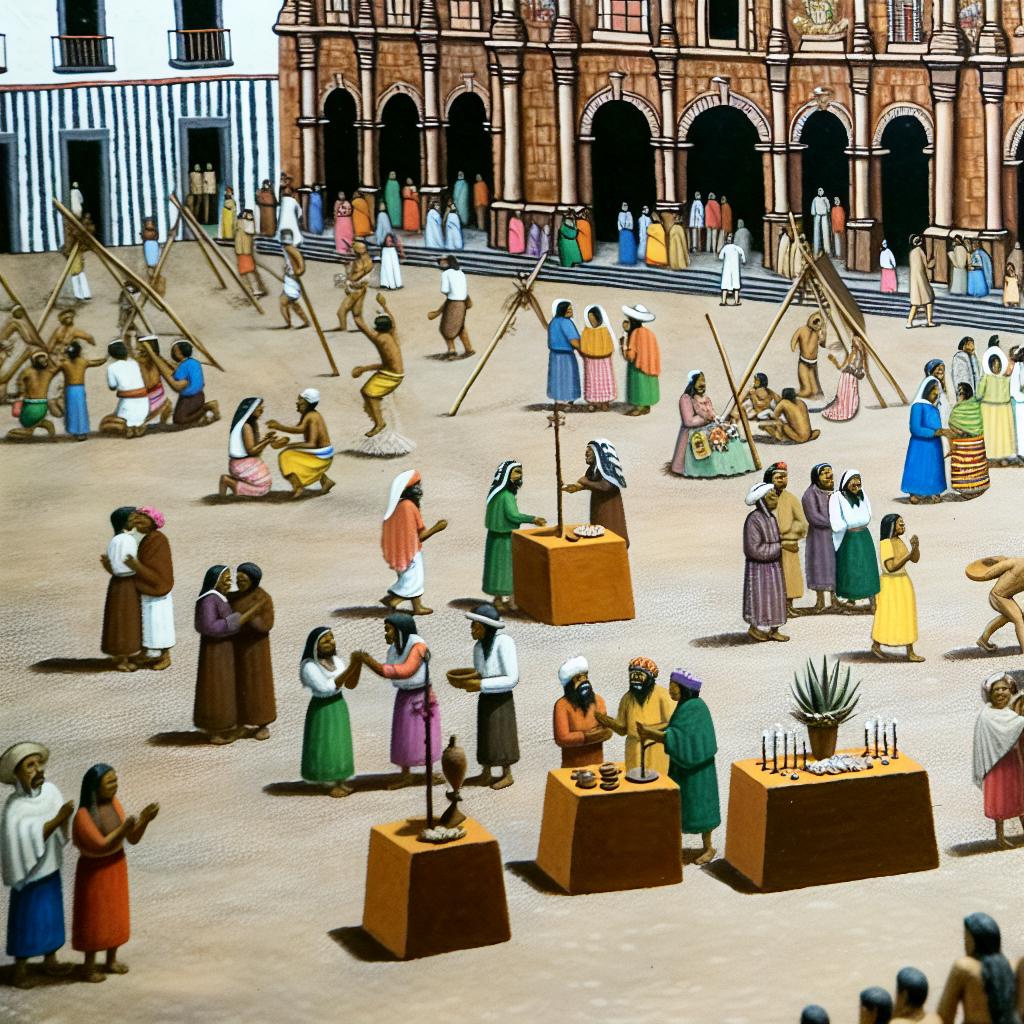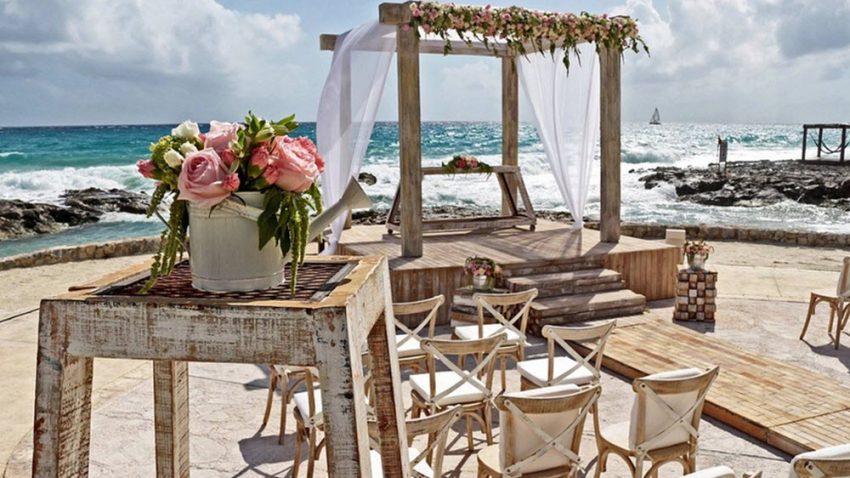Introduction
Religion has played a pivotal role in shaping Mexican history and culture, influencing various aspects of society from politics to daily life. The interaction between indigenous beliefs and Spanish Catholicism created a unique religious tapestry that continues to evolve. This article explores the historical influence of religion in Mexico, highlighting key periods and developments.
Pre-Columbian Religions
Before the arrival of the Spanish, Mexico was home to several advanced civilizations, such as the Aztecs, Maya, and Olmecs, each with their own complex religious systems. These societies practiced polytheism and conducted elaborate rituals and ceremonies to honor their deities. Temples, pyramids, and other religious structures were integral to these cultures, serving as centers for both spiritual and communal life.
The Aztecs, for example, are well-known for their pantheon of gods, each representing different elements of the universe, such as Huitzilopochtli, the god of war and the sun, and Quetzalcoatl, the feathered serpent. In Maya culture, religious practices were deeply interwoven with their understanding of time and the cosmos, with deities associated with natural forces and celestial phenomena.
These religious systems were not just about the adoration of gods; they were intricately tied to the societal and political structures of these civilizations. Religion justified rulers’ authority, dictated social norms, and guided daily actions. The close connection between religion and governance meant that beliefs were central to stability and prosperity within these societies.
The Arrival of Catholicism
The arrival of Spanish explorers and missionaries in the 16th century marked a turning point in the religious landscape of Mexico. The Catholic Church sought to convert the indigenous population and integrate them into the colonial system. Missionaries employed various methods, from syncretism, where they blended indigenous and Catholic beliefs, to more forceful means.
Conversion and Syncretism
The introduction of Catholicism led to the construction of churches and missions across the country. These missions served as the forefront of the Spanish colonial agenda, aiming not only to convert indigenous peoples but to reshape their cultural identity and allegiances. Conversion efforts were complex and varied, with some missionaries attempting to learn native languages and incorporate indigenous elements into their teachings to make Catholicism more accessible and relatable.
Despite the Church’s efforts, indigenous practices persisted, resulting in a hybrid religion where Catholic saints often merged with pre-existing deities. This blending created a unique expression of Catholicism, evident in practices such as the celebration of the Day of the Dead. Here, Catholic elements of All Saints’ Day and All Souls’ Day meld with indigenous ancestor veneration rituals, resulting in a vibrant and distinctly Mexican tradition.
The Catholic calendar and indigenous agricultural cycles also found points of convergence, further embedding Catholicism within the tapestry of pre-existing cultural practices. Religious festivals became opportunities for communities to express their faith in a way that honored both traditional and introduced beliefs.
Religion and Independence
Religion also played a significant role in the Mexican War of Independence (1810–1821). Figures such as Miguel Hidalgo, a Catholic priest, utilized religious symbols to inspire and mobilize the population against Spanish rule. Hidalgo’s Grito de Dolores or ‘Cry of Dolores’, was a call to arms that was infused with religious overtones, marking a significant alignment of religious authority with the political push for independence.
The Church was deeply involved in both supporting and opposing efforts for independence, demonstrating its influence over Mexican society. Some clergy members remained loyal to the Spanish crown, while others joined the independence movement, expanding its appeal across different segments of the population. Throughout the struggle, religious iconography and rhetoric served as powerful tools for both sides.
Religion and the Modern Mexican State
The 19th and early 20th centuries were marked by conflict between the Catholic Church and the Mexican state as the country sought to modernize and secularize. The Reform War (1857–1861) and the Mexican Revolution (1910–1920) led to significant reductions in the Church’s power and influence. This period saw the institutional assertion of state supremacy over religious authorities, which was pivotal in shaping modern Mexican identity.
The 1917 Constitution was a substantial effort to enforce strict separation of church and state, limiting religious roles in public education and politics. Several provisions aimed to curtail the Church’s influence, such as excluding religious clergy from holding public office and restricting public demonstrations of faith. The state’s regulatory framework manifested a general trend towards secularization that has continued into the present.
The Role of Religion in Contemporary Mexico
Today, religion remains a significant force in Mexican society, with the majority of Mexicans identifying as Roman Catholics, though other religions are present and growing. Evangelical Protestantism, for example, has experienced notable growth in recent decades, introducing further diversity into the religious landscape.
The Church continues to impact social issues and politics, albeit within a more pluralistic and democratic framework. The Church’s stance on various socio-political matters, ranging from poverty alleviation to human rights, continues to influence public discourse. While its political power may have waned, its cultural and social influence persists through its involvement in educational programs, healthcare initiatives, and community development projects.
Festivals, religious ceremonies, and traditions maintain their cultural importance, reflecting the enduring legacy of the country’s religious history. Major events, such as the annual pilgrimage to the Basilica of Our Lady of Guadalupe, draw millions of participants and underscore the importance of faith in everyday life.
Conclusion
The role of religion in Mexican history is a testament to its enduring impact on the nation’s identity and development. From the syncretism of indigenous beliefs and Catholicism to its influence on independence movements and its current place in society, religion remains a dynamic force in Mexico’s cultural and historical narrative. Despite the challenges of modernization and secularization, religion continues to shape the values, traditions, and social fabric of Mexico, ensuring its relevance for future generations.







